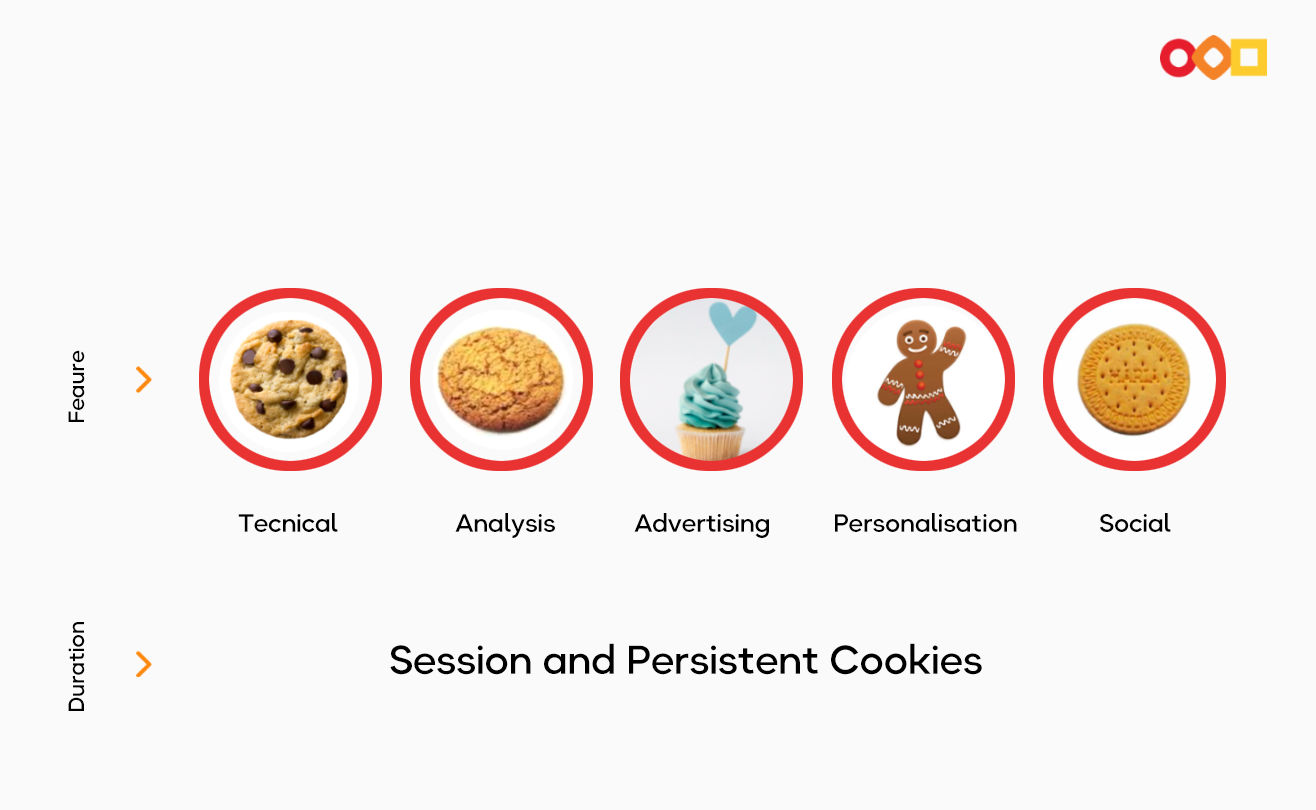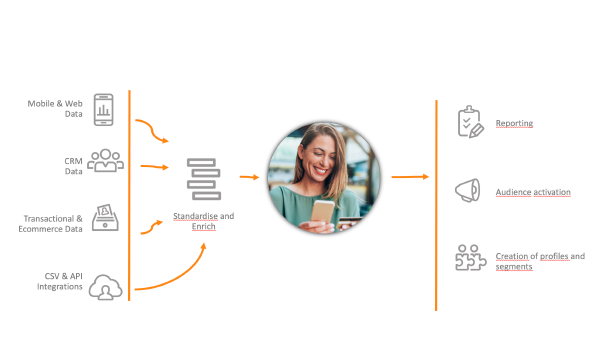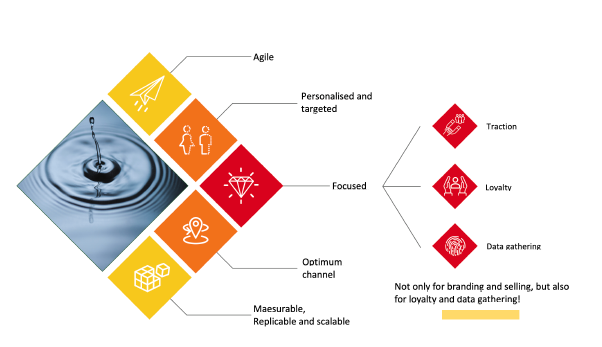
How to survive a world without third-party cookies?
With the loss of information that we have due to the dependence on third party cookies, the challenge today is to focus on own data or first party cookies and on the smart segmentation of audiences that allow us to define marketing actions and feed artificial intelligence models.
Digital Marketing and Third-Party Cookies
Two years now, two browsers stopped supporting third-party cookies: Firefox and Safari. These browsers represent 21% of the market. Last year Google Chrome decided that in 2022 it will also stop supporting third party cookies, and Chrome has almost 90% market share. This is forcing companies to make decisions and adapt to a new scenario that is impacting companies’ digital marketing strategies.
What are Cookies and What is their Purpose?
Cookies are essentially snippets of code that websites store in the user’s web browser when a session is initiated. They have many uses, but the most important are session management, user personalisation and tracking. Cookies can be classified as follows:
- Based on their purpose: analytical cookies, behavioural advertising cookies or cookies set by social networks to track activities.
- By duration: such as session cookies or persistent cookies.
- According to the entity that manages them: Own or third party cookies. The types of own or first-party cookies are set by the website visited by the user. The data collected through first-party cookies are used for purposes such as calculating page views, sessions and number of users. Third-party cookies are set by domains that are not directly visited by the user. This happens when third party elements (such as chatbot, social plugins or advertisements) are added to a page.

The apocalypse of third-party cookies What are the alternatives?
What happens is that the entire digital advertising sector has been built on these third-party cookies, which are used for targeting, retargeting, deciding the frequency of impact on the same user during the duration of a campaign, measuring interactions and attributing clicks or sales to certain providers.
And this cookie-less environment is creating big challenges in the digital marketing world. What are the alternatives? Companies and brands to focus on their proprietary data and put the consumer at the centre.
Customer Experience Focus
In a world without third-party cookies, the Customer Experience is the new battleground, understood as the customer’s perception of products, services and the brand in general. The key is for the customer to live the shopping experience as something unique and take it as such, as an experience from their first to their last interaction. Every action counts: the message, the products, the sales process, the marketing, the post-purchase experience, the customer service, etc.
Focus on Own Data and First Party Cookies
We live in a complex environment where data is everywhere and often in silos. A single user can have his or her data in the call centre, in the CRM, in the e-commerce database, among many other sources of traffic. The challenge here lies in smart segmentation.
Smart Segmentation in a Cookie – less World

The challenge is to try to collect data from as many of our own channels as possible. Then look for a normalisation space where we can standardise the data we have previously collected. And from there start transforming and enriching the information with artificial intelligence models and business rules.
Scoring models will allow us to generate other blocks of different audiences that enable us to orchestrate marketing actions in different channels, either through direct channels with marketing automation tools or because we use them to feed artificial intelligence models. There are technologies such as Teallium that allow us to design these strategies and with the elimination of third-party cookies it is a perfect alternative.
Modern Marketing in a World Without Cookies
In a context of a world without third-party cookies, the marketing approach that we design at Digital Wolves is the following:
The first thing is an agile format, with short campaigns, without big briefings, hyper-segmented actions. Aimed at hyper-segmented audiences so that they receive hyper-personalised campaigns through the right channel. And measuring in real time to decide whether or not to scale.
We focus on 3 different areas:
1. Traction or brand generation.
2. The whole area of loyalty, i.e. what can we do with our entire customer base to make them repeat or consume more additional services
3. Data collection, the most important one

Now that we are left in a scenario without third party data, let’s run campaigns focused on gathering valuable data and, above all, understanding the customer.

